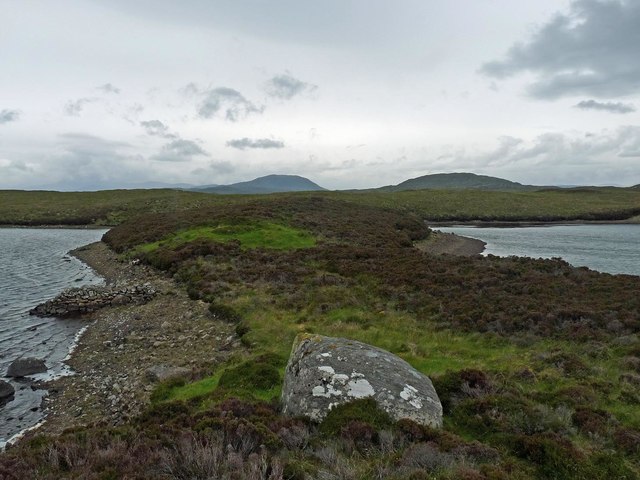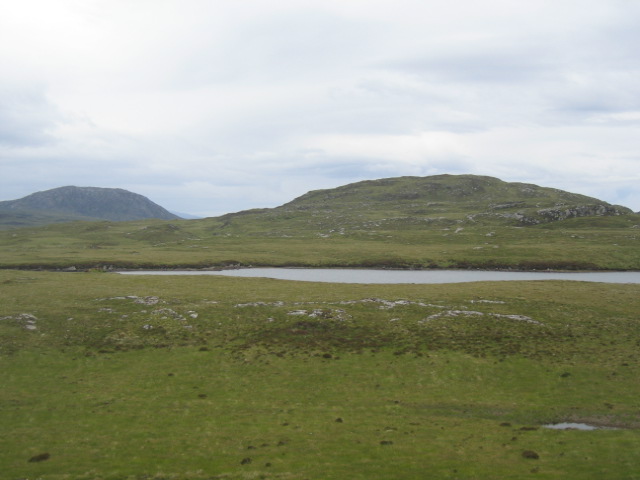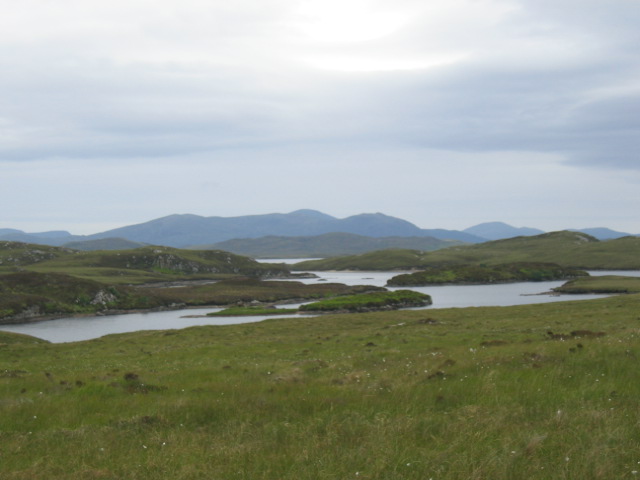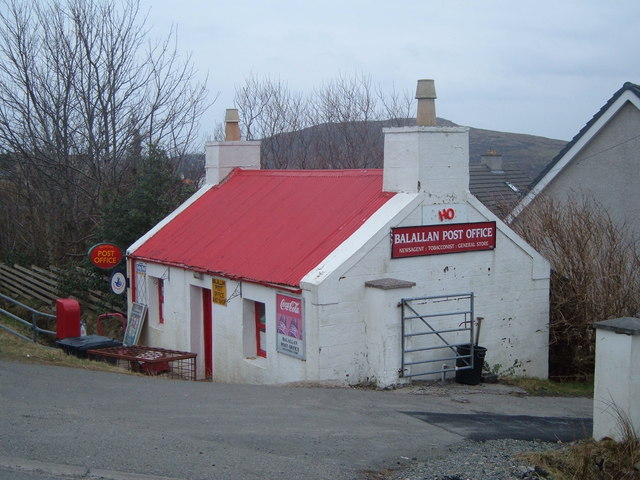Gearraidh nan Annsgotan
Downs, Moorland in Ross-shire
Scotland
Gearraidh nan Annsgotan
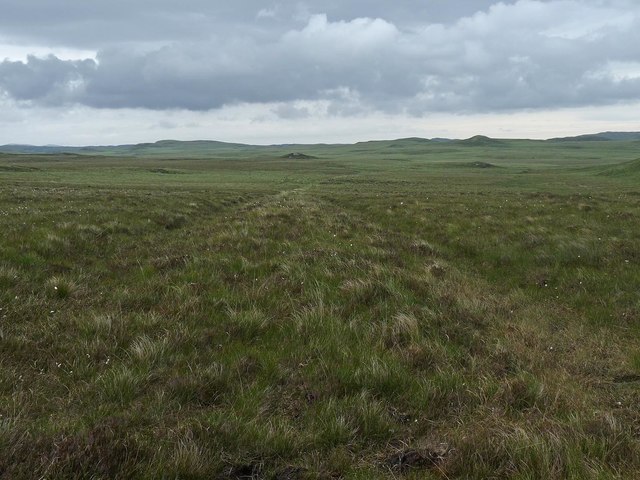
Gearraidh nan Annsgotan, located in Ross-shire, is a picturesque village nestled amidst the stunning Scottish Highlands. Situated in a region known for its rugged beauty, Gearraidh nan Annsgotan boasts a unique charm that attracts visitors from far and wide.
The village is renowned for its breathtaking downs and moorland landscapes. Rolling hills covered in heather and wildflowers stretch as far as the eye can see, providing a haven for outdoor enthusiasts and nature lovers. The diverse ecosystem supports a wide array of flora and fauna, making it a paradise for birdwatching and wildlife spotting.
The area is also rich in history and cultural heritage. Ruins of ancient settlements and standing stones dot the landscape, offering glimpses into the village's past. The locals take great pride in preserving their heritage and often organize events and festivals to celebrate their traditions.
Despite its tranquil setting, Gearraidh nan Annsgotan is not entirely isolated. The village is well-connected, with nearby towns offering amenities such as shops, restaurants, and accommodation options. Visitors can indulge in traditional Scottish cuisine or explore local arts and crafts.
For those seeking adventure, the surrounding area provides ample opportunities for activities such as hiking, mountain biking, and fishing. The nearby lochs and rivers offer excellent fishing spots, while the trails winding through the moorland are perfect for exploring on foot or bike.
In summary, Gearraidh nan Annsgotan is a hidden gem in Ross-shire, offering breathtaking downs and moorland landscapes, rich history, and a welcoming community. Whether you are seeking tranquility or adventure, this village is a must-visit destination for nature enthusiasts and culture aficionados alike.
If you have any feedback on the listing, please let us know in the comments section below.
Gearraidh nan Annsgotan Images
Images are sourced within 2km of 58.124172/-6.6137658 or Grid Reference NB2824. Thanks to Geograph Open Source API. All images are credited.
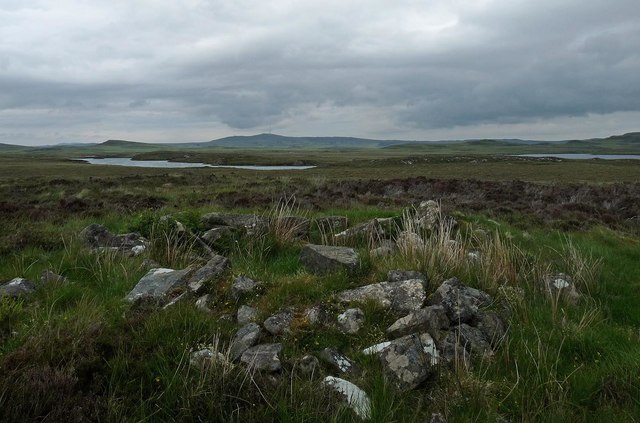
Gearraidh nan Annsgotan is located at Grid Ref: NB2824 (Lat: 58.124172, Lng: -6.6137658)
Unitary Authority: Na h-Eileanan an Iar
Police Authority: Highlands and Islands
What 3 Words
///soon.relegate.aimless. Near Leurbost, Na h-Eileanan Siar
Nearby Locations
Related Wikis
Balallan
Balallan (Scottish Gaelic: Baile Ailein, Bail' Ailein), meaning "Allan's Town", is a crofting township on the Isle of Lewis, in the Outer Hebrides, Scotland...
Achmore, Lewis
Achmore (Scottish Gaelic: An t-Acha Mòr; marked on some maps as Acha Mòr) is a village in the Scottish Outer Hebrides, on the Isle of Lewis. The name means...
Loch Erisort
Loch Erisort (Scottish Gaelic: Èireasort) is an 8-mile-long narrow sea inlet on the east coast of the Isle of Lewis in the Outer Hebrides off the west...
Eilean Mòr, Loch Langavat
Eilean Mòr is an island in Loch Langavat on the Isle of Lewis in the Outer Hebrides of Scotland. == Footnotes ==
Have you been to Gearraidh nan Annsgotan?
Leave your review of Gearraidh nan Annsgotan below (or comments, questions and feedback).

